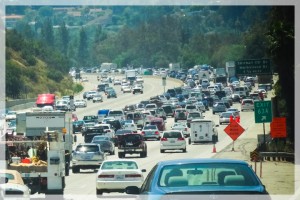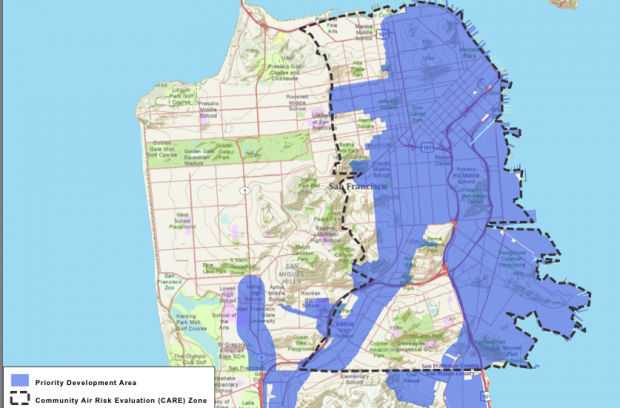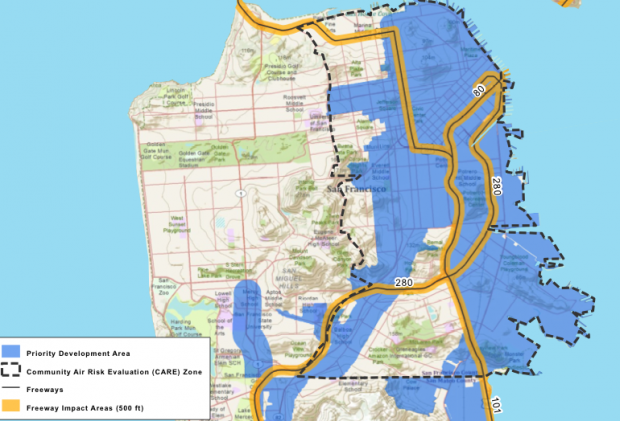California has embarked on a landmark effort to reduce greenhouse gasses. As part of that work, local jurisdictions are busy spotlighting zones for housing infill and transit-oriented development. Infill sounds good, right? Let's avoid further suburban sprawl and direct people to mass transit, reducing greenhouse gasses.
Not so fast.
Here's the problem: the state Air Resources Board has evaluated air pollution risk and identified swaths of urban areas that create public health hazards because of diesel truck traffic or other pollution.
Call it the irony of unintended consequences. The housing development areas overlap with the communities with high air pollution in too many places in the Bay Area. It looks like we're on a road to reduce greenhouse gases while increasing public health risks.
That's where a study today from the Pacific Institute is critically important. It has lots of colorful maps and detailed information that provide tools to cities and counties to consider when planning new housing.


